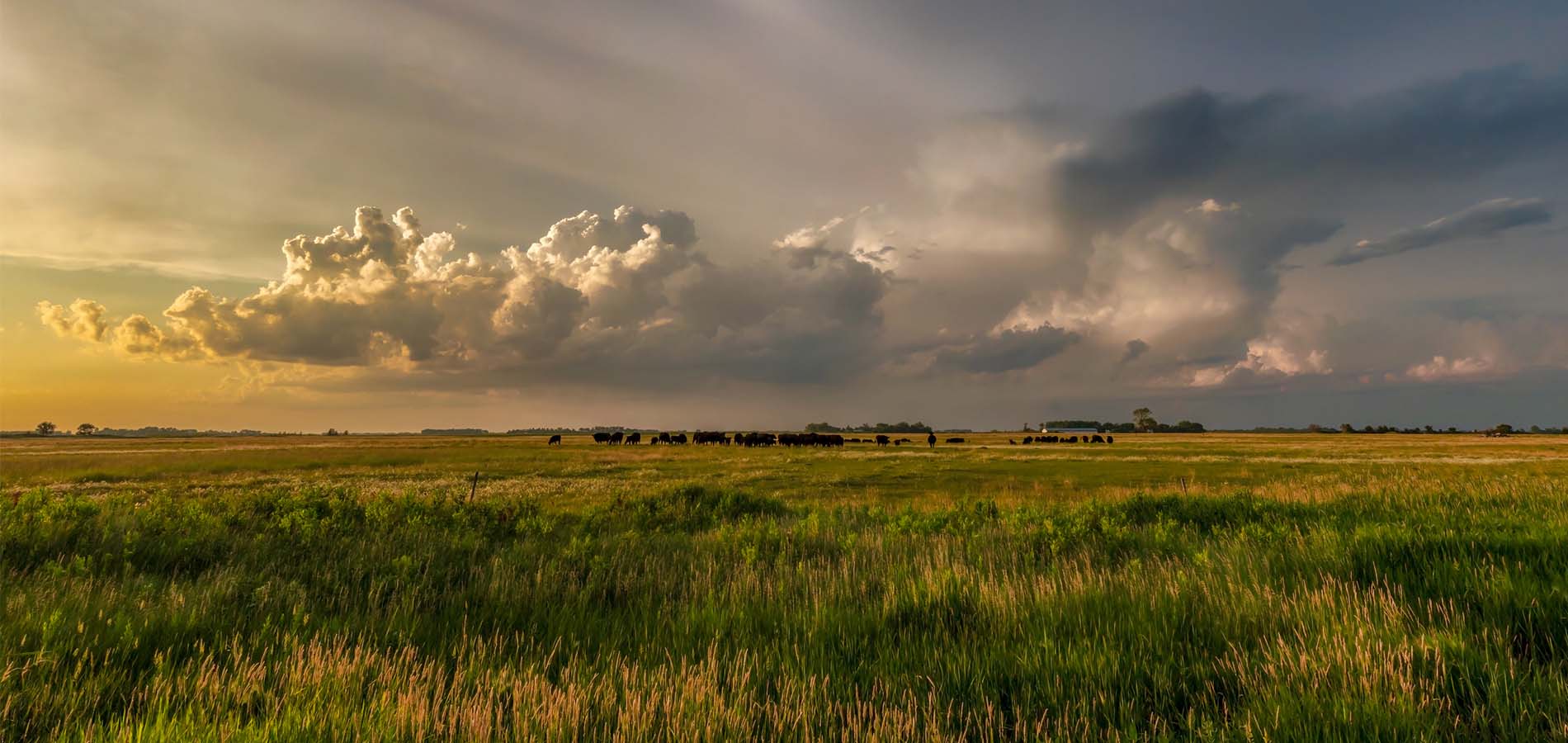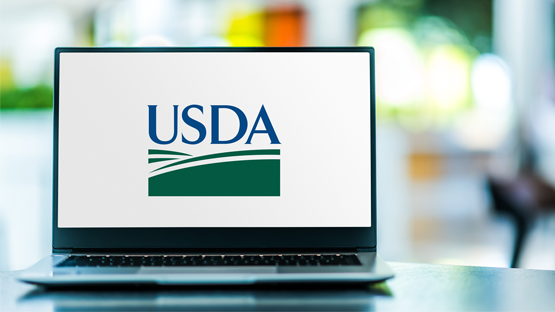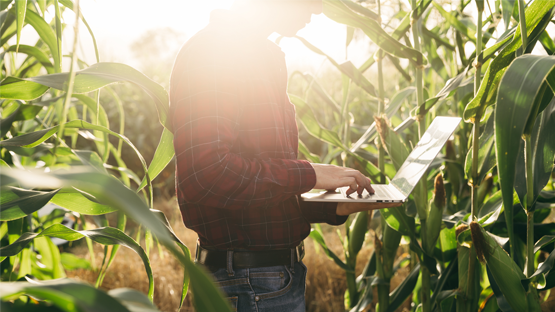
A strong El Nino event is still anticipated this winter, which will likely impact regional temperatures and precipitation. Historically, when El Nino intensifies warmer than average temperatures are common across the northern United States. The southeastern United States often sees colder than normal conditions, with near to below-normal temperatures across the desert southwest.
Based on the intensity of this El Nino episode, conditions heading into December could be considerably warmer across Minnesota, the Dakotas, and Wisconsin. By January, temperatures may moderate a bit across our region with above-normal temperatures pushing into the Pacific Northwest and west coast. This pattern often brings a series of active systems ashore that can boast precipitation across the western portion of the country. For skies out west, that usually means sloppy storms that can bring rain or snow depending upon elevation from California to Washington State.
The warmer pattern appears to continue into the month of February across the northern tier of states from the western Dakotas across Montana. We are also monitoring the polar vortex, which can dramatically influence the long-range forecast. When the polar vortex weakens, cold air that normally stays trapped in the Arctic region begins to spill southward.
There’s evidence by mid-winter the polar vortex could relax allowing cold air to venture south, nullifying the effects of El Nino across our region. This would also introduce a series of “clipper” systems that shake loose frequent light snowfall events. Ironically, our present El Nino episode resembles the 2009-2010 El Nino event that kept temperatures here in the upper Midwest colder than normal.
As you can see, making general assumptions about El Nino and historical precedents can be a tricky proposition. There are many variables that impact the long-range forecast, despite the strength of El Nino.
It is worth noting that topsoil moisture heading into late fall is rated 60% to 75% “adequate” across Minnesota, North Dakota, and Wisconsin. Subsoil moisture is trending 38% to 60% adequate across the same three states heading into late October. A good moisture recharge would be welcome before our deep freeze commences.




